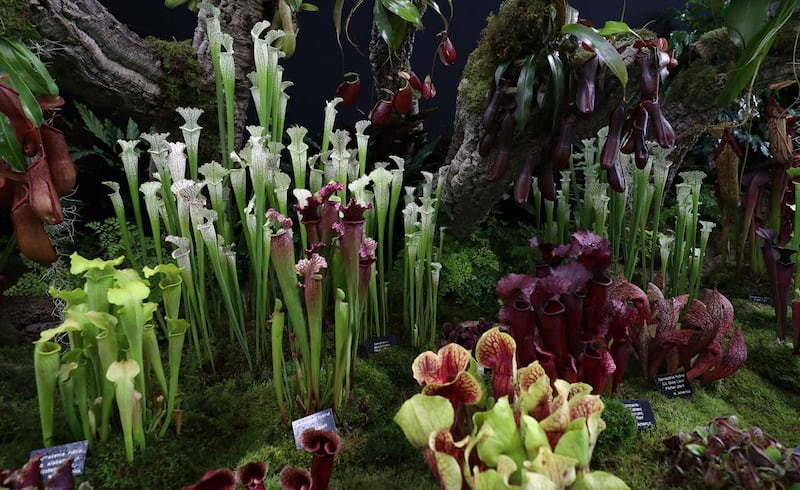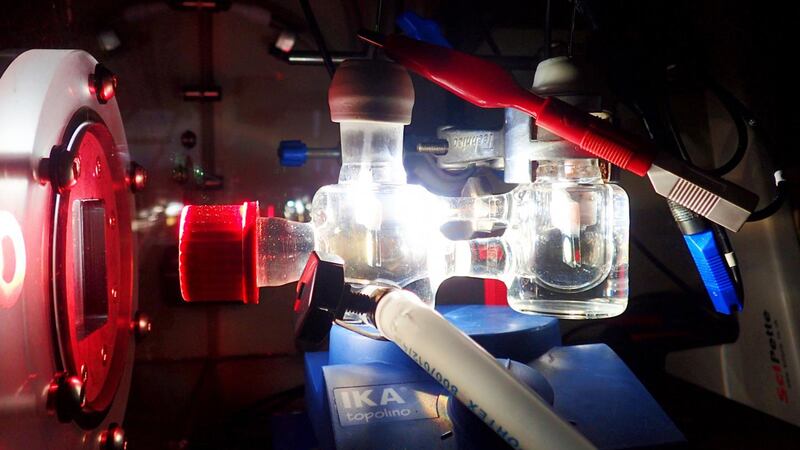Scientists have found a way to harness sunlight to make fuel by taking inspiration from the process plants use to generate energy.
Researchers from the University of Cambridge in the UK and the Ruhr University Bochum in Germany say they have successfully split water into hydrogen and oxygen using sunlight, mimicking the mechanism of photosynthesis.
The process paves the way for hydrogen to be captured and converted to electrical energy in a fuel cell, where the only by-products from its use are heat and water.
Hydrogen fuel is often seen as an environmentally-friendly alternative to fossil fuels and biofuels.
For their catalyst – a substance that is used to speed up the rate of chemical reaction without participating in it – the researchers used a mixture of biological components, such as enzymes, and combined its solar devices to “achieve unassisted, solar-driven water-splitting into hydrogen and oxygen”.

According to the researchers, the process – dubbed artificial photosynthesis – gives their prototype device the ability to absorb more solar light than natural photosynthesis.
Katarzyna Soko, a PhD student at St John’s College at the University of Cambridge and the first study author, said: “Natural photosynthesis is not efficient because it has evolved merely to survive so it makes the bare minimum amount of energy needed – around 1-2% of what it could potentially convert and store.”
While artificial photosynthesis technology has been around for decades, it is yet to be used to create renewable energy because currently, the process relies on catalysts which are often expensive and toxic.
However, by using a chemical present in algae called hydrogenase as a catalyst, the researchers say they were able to make the process cheaper and more energy efficient.
Ms Soko said: “Hydrogenase is an enzyme present in algae that is capable of reducing protons into hydrogen.

“During evolution, this process has been deactivated because it wasn’t necessary for survival but we successfully managed to bypass the inactivity to achieve the reaction we wanted – splitting water into hydrogen and oxygen.”
The researchers are hoping to refine the concept and use their technology to develop models for renewable solar energy.
Dr Erwin Reisner, a fellow of St John’s College at the University of Cambridge and one of the paper’s authors, said: “This work overcomes many difficult challenges associated with the integration of biological and organic components into inorganic materials for the assembly of semi-artificial devices and opens up a toolbox for developing future systems for solar energy conversion.”
The research is published in the journal Nature Energy.








